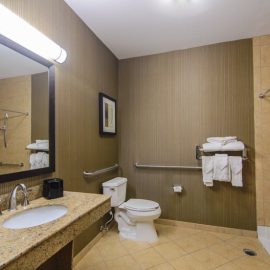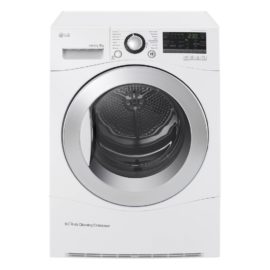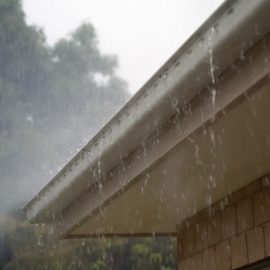For some unknown reason, a lot of us get jumpy about plumbing issues and will call a plumber for the faintest of reasons. Not only is this procedure expensive, but it is also very inconvenient as we wait to use our kitchens and bathrooms. I’m not suggesting that we should all put on a suit and start changing pipes and water heaters, but there are some simple tips and tricks we can all use to solve problems and prevent them from happening again. Before starting a plumbing project, you should always know where the main water faucet is and, for added safety, turn it off if you need to do anything to the pipes or faucets.
Visible Leaks
Leaks sometimes occur in most plumbing installations. The trick is to detect them quickly before the pipes, faucets, or the surface on which the waterfalls are damaged.
Leaking faucets are most often caused by a defective washer, also known as an O-ring. Before replacing the washer, first, turn off the water supply. (Removing the faucet without shutting off the main supply will bring the equivalent of Niagara Falls into your home). Cover your faucet with a cloth to protect the surface before using a wrench or pliers to remove the faucet body. If you don’t have a spare washing machine and need to go to the hardware store, make sure the water supply is turned off while you are shopping. (Tell everyone!) Then replace the washer, turn the faucet back on, and, hey presto, no more leaks.
Leaking pipes, on the other hand, are not so easy to repair. If they are visible, you can try to replace the leaking part. Again, turn off the water before you do anything and be prepared to have the hose filled with water when you remove it.
Invisible Leaks
You may have water leaks where you can’t see them, which will affect the water pressure in your home. If left unattended, water damage and mold can occur, and the cause of the leak can worsen, leading to flooding. If you think you have an invisible leak, the best way to check is to turn off all the taps in your home and then read the water meter. Wait a few hours (making sure no one is using water in the meantime), then recheck the meter. If water has been used, you have an invisible leak, and you will need to call in a professional.
Water Temperature Issues
In warmer climates, the water from your cold tap can be very hot. You can turn off your water heater and use a water cooler instead, or install a water cooler if this is a problem. However, the majority of water temperature problems result from malfunctions or improper settings of the water heater.
First, make sure your thermostat is not set higher than 115˚ F, which is perfect for showering. If it gets hotter, you risk scalding yourself (which is especially crucial if you have young children), and there is no point in using electricity to heat the water, which you will then have to cool down.
Make sure that the insulation or lagging around your water heater fits tightly and has not been damaged or worn. Make sure that the heat stays inside the water heater, not in the closet, ceiling, or attic. If, after checking all of these items, you still have water problems, you may need a new water heater or thermostat and should call the professionals.
Clogged Drains and Toilets
Plugged pipes and clogged toilets are among the most common and troublesome plumbing problems. Plumbers are often called in to fix them, while a little effort on your part can quickly unblock them. First, try an excellent old-fashioned drain plug. Put a little elbow grease in it and dip it in several times to see if it dislodges the mass. If that doesn’t work, try a cup of baking soda followed by two cups of vinegar. Wait 30 minutes, then pour boiling water down the drain or toilet. Then plunge again.
If neither works, try an unblocker. An unblocker is much more robust, so it should be used after the other methods have failed. Follow the handling and operating instructions carefully to avoid accidents. Finally, if your onslaught has been unsuccessful, your last step before calling a plumber could be to hire a plumber’s snake from your local hardware store. This is a long flexible pipe which you thread down the drain to dislodge and break up the clog physically.
Drains and Sinks
Hair, food scraps, oils, and so on will all lead to blocked drains. Keep drain guards in your sinkholes at all times to prevent unwanted items from entering your gutters.
To Flush or Not to Flush
Teach everyone in your home that only bodily waste and reasonable amounts of toilet paper should be flushed down toilets. Feminine products, uneaten food, oils and fats, kitchen towels, etc. will all, eventually, cause blockages.
Regular Drain Cleaning
Instead of waiting for your drains to get blocked, you should assume that there is something already stuck down there waiting to cause a problem, so do regular vinegar, and baking soda cleanses of your drains and toilets to prevent future problems. If you often experience blockages, do this process monthly; otherwise, quarterly should be fine.



